10 True Facts About The Christmas Truce Of 1914
Conflicted sides expected that the Great War would be resolved by the end of 1914. The predictions were completely wrong: the mobile war was replaced by a trench war, and such a situation was particularly manifested in the Western Battlefield.
Soldiers have met the winter and the holidays in muddy trenches. At Christmas, something unexpected happened…
Gunshots, uncertainty, fear, and death in some parts of the battlefield replaced the song, socializing, respect and humankind. First World War for a moment has stopped…
In more than four years of hell and the death of the First World War, it was a day or a short time that brought the dose of humanity into universal madness… Christmas truce in 1914, when soldiers spontaneously proclaimed the truce, expressing, first of all, respect for the sanctity of great feasts and humanity. It was an unusual event in the history of warfare, which, at least for a short time, snuffed the war of fire and gave symbolic hope to a better European tomorrow… And this is the 10 true facts about Christmas truce in 1914:
Fact 1: Because of the proximity of the trenches of the opposing sides, it was known beforehand that the soldiers mourned and snatched each other.
Fact 2: The Germans started with the song “Silent Night, Holy Night” from their trenches. The British were initially suspicious and thought it might be some kind of trick. But as the song continued, and there was no sudden attack, the British relaxed and joined the song.
Fact 3: Each side sang it in their own language, and after some time the soldiers aligned themselves with their performance.
Fact 4: On Christmas Eve, the Germans first congratulated Christmas to British soldiers. The German soldier came out with a small Christmas tree and stepped into no man’s land. The British were terrified, but nobody wanted to shoot him, despite the orders. After a time of mutual indulgence, the soldiers slowly and cautiously began to emerge from their trenches to congratulate Christmas – face to face.
Fact 5: In addition to congratulations, soldiers exchanged gifts, such as candy, small quantities of food, tobacco, drinks and buttons, caps, badges and similar symbolic gifts, and besides, it was agreed burial of the dead soliders who were lying on no man’s land.
Fact 6: The British soldiers made some kind of improvised soccer/football ball from the wrinkled bags, and with a few Germans they played a football match.
Fact 7: The US media, whose army was not involved in warfare at the time, announced this news exactly on 31 December. The comments were mostly positive and welcomed with the gentle tenderness of respecting the important Christian holiday.
Fact 8: Most of the British commanders, however, reacted sharply to fraternization with the German forces. Soldiers who proved to be friends with the Germans were mostly imprisoned, and some were mysteriously missing. Also, the German soldiers claim that they were being punished for fraternization with the enemy.
Fact 9: On places where the conflicts ceased, the end of the non-combat activities did not occur at all in the same period. Somewhere, they were already started on the St. Stephen day. But in some parts of the battlefield, peace continued until the New Year, despite attempts by the general on both sides to return their troops to the combat spirit.
Fact 10: It is believed that more than 100,000 soldiers participated in the Christmas truce of 1914, and some cases were recorded even in the Eastern Battlefield.
Did you know … The “Silent Night, Holy Night” is a song that UNESCO declared in 2011 as a world cultural heritage, and so far, by some sources, there have been 228 version in 143 languages.
The favorite Christmas hymn was written by the Austrian priest Joseph Mohr in Oberndorf, near Salzburg, after the bloody Napoleonic wars in 1816 in German language (“Stille nacht, heilige nacht”).
In the oberndorf church after the evening Mass on December 24, 1818, Mohr and his friend Franz Gruber performed this song for the first time.
The song was translated into English in 1859 by priest John Freeman Young from New York and was subsequently extended to all continents by the missionaries.

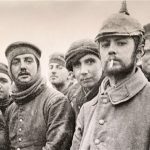
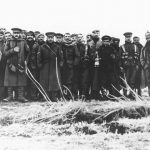
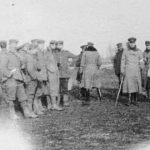
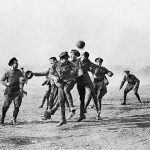
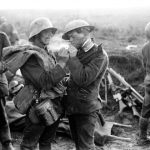
Comments are closed.